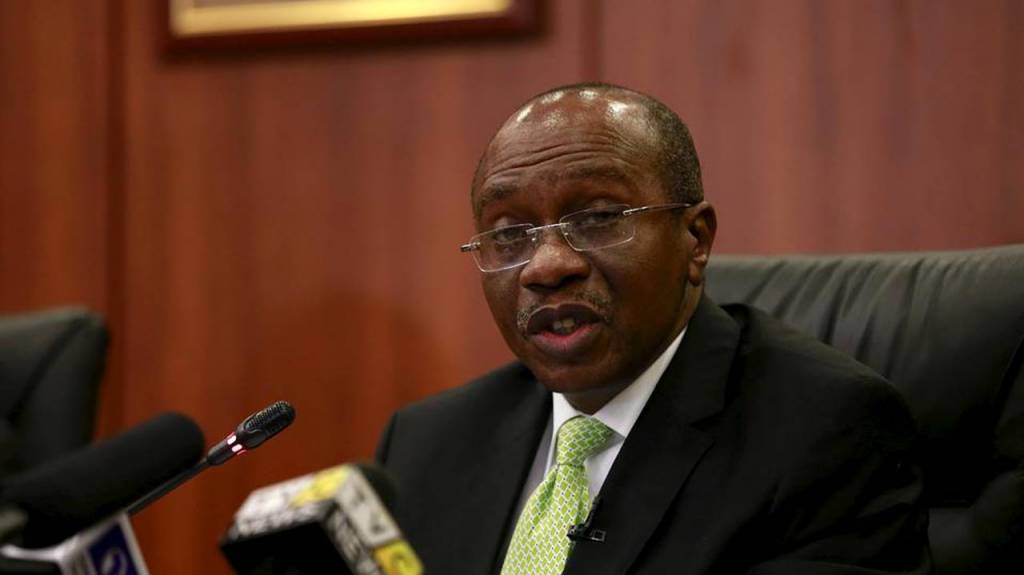Currency outside banks hits all-time high of N2.9 trillion

• Money supply growth ahead of GDP by 10.8 percentage points
Currency outside banks (COB) reached an all-time high ((ATH) of N2.95 trillion in December, money and credit data released by the Central Bank of Nigeria (CBN) has revealed.
Last year, the size of COB rose by 18 per cent, from N2.5 trillion recorded in December 2020. From the end of 2019 to December 2020, currency outside banks increased by a similar magnitude, from N2 trillion to N2.5 trillion, translating to 23 per cent expansion in the fund.
Similarly, the money supply increased 13.8 per cent year-on-year (YoY), from N38.6 trillion recorded in December 2020 to approximately N44 trillion in December 2021. The growth in money supply last year was far higher than that of 2020 when it increased by a modest four per cent.
The speed of money supply in 2021 was 10.8 percentage points higher than the estimated three per cent in 2021 full-year growth. Some economic theorists suggest that the money supply should grow neck-in-neck with the speed of economic growth as an excessive increase in the money supply could trigger inflation.
The growth of COB (which reflects social-cultural practices, low access to banking services and a huge underground economy) in recent years, underlies the amount of work required to win the war against financial exclusion.
Money held outside the banks is not available for financial intermediation.
Oversized COB leaves the lending capacity of the financial institutions at less than its full capacity, with negative consequences on economic growth and employment. When it is unreasonably high, it could distort the effectiveness of monetary interventions.
The figure witnessed moderate growth in the past few years until 2020. For instance, it dropped by N37.8 billion in 2017 while growing by seven and six per cent in 2018 and 2019 respectively. The past two years witnessed the steepest rise in recent years, with an average surge of 20.7 per cent.
Last year, Nigeria held an average of N24.3 trillion outside the banking system on a monthly basis. The figure surged in the last quarter of the year, jumping from N23.7 trillion in September to N25.4 trillion in October. The growth pattern continued till December, pointing to a possible uptick in the figure pushing into 2022.
Godwin Owoh, a professor of applied economics, had told The Guardian that the huge size of financial assets held outside banks “is a major distortion in foreign exchange (FX) flow” and a misnomer the country must address through a thorough and broad-based currency audit.
COB continues to grow despite efforts by deposit money banks (DMBs) and fintech to deepen financial inclusion in the past years.
For instance, from December 2015 to December 2021, a period of six years, COB increased by approximately 100 per cent. In the same period, the regulator and financial sector operators have aggressively pursued the agency banking model, which was expected to drive down the number of unbanked.
According to another money and credit data set, currency in circulation (CIC), simply defined as the volume of cash available for physical transactions, was N33.25 trillion as at the close of the year. The figure was 14.3 per cent higher than N29.08 trillion available a year earlier – December 2020.
